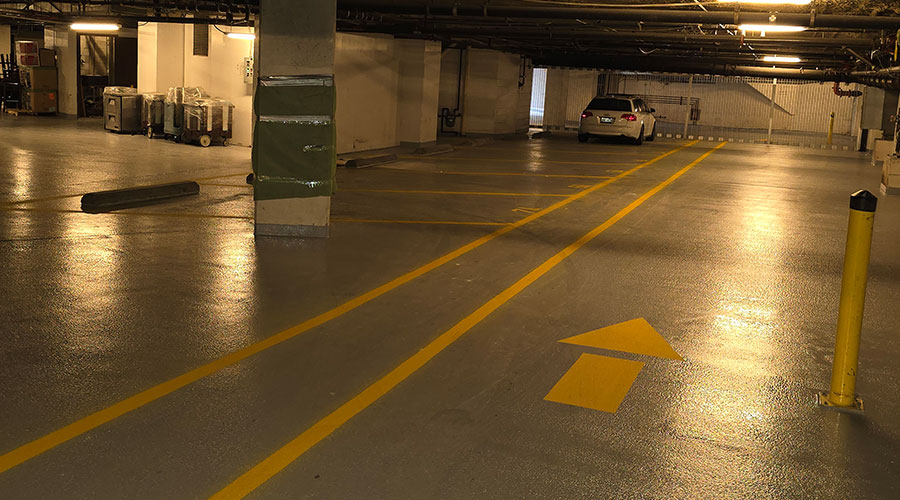Personnel Management: How to Quantify Lost Productivity
I work with organizations around the world. With every group of managers, I ask one simple question: What percentage of your time do you actually spend supervising or managing your staff? The results are staggering: less than 10 percent.
When I ask managers to explain the reasons, I receive varying explanations. Mostly, supervisors and managers say they need to watch their workers to make sure they do what they are actually supposed to do. I looked up the definitions of supervise and manage, and in neither case did I see a mention of babysitting.
When I worked as a plant manager, I used to cross the title off my business cards and replace it with vice president of child-care services. Why? Because some days, that title best defined my duties. I lost track of the truly important responsibilities: managing the business, coaching, mentoring, and ultimately, improving the department's performance and the organization's bottom line.
Quantifying the Losses
I am not alone. Consider two examples of the personnel challenges managers face.
First, I recently had lunch with a facilities manager at a large university. After lunch, he took a shortcut through a neighborhood adjacent to the campus. We turned onto a side street and came upon two university-owned vehicles parked on the street. The pick-up trucks were parked tailgate to tailgate, with a card table in the center — surrounded by four facility technicians playing cards.
To determine the impact of such activities on the department, we looked at log books documenting the miles driven and time spent on the road. We found a number of employees routinely drove 5-10 miles to the hardware store. Some technicians had made trips home for several hours while on the clock. How do they calculate the wasted gallons of gasoline and the wear and tear on vehicles? How do they analyze the maintenance budget when they pay employee salaries for such wasted time?
Second, I visited a facility with a unionized maintenance department, where tenured technicians have 20 years of experience or more. The manager asked me to assess the technicians' current practices because he was frustrated complaints were increasing while work captured on work orders was declining.
We found utilization of the technicians was less than 10 percent. When we asked them the reasons for their low utilization, the overwhelming response was they were retiring in a few years and did not need the headaches and the stress.
We looked at the financial implications of a workforce executing at 10 percent utilization. We determined it took six additional technicians to make up the work for the lost utilization, which translated into a $580,000 financial burden on the budget. This number does not include lost production, unnecessary expedited charges, or, most importantly, customer satisfaction.
Related Topics:












